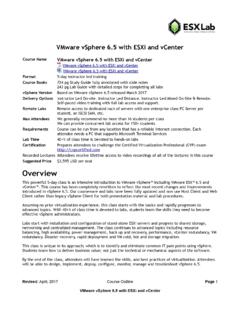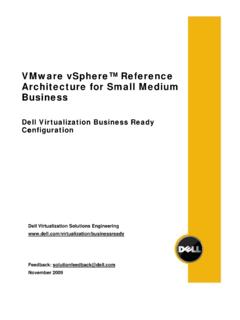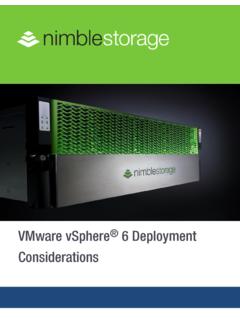Transcription of Installing and Configuring Building a VMware vSphere ...
1 Building a VMware vSphere Environmentpart i3 Installing and Configuring vCenter Serverin thiS chaptEr, you will lEarn to:prEparE for inStallation 33(pages 70 77)Identify Hardware Requirements (Page 7n 1)Identify Operating System Requirements for vCenter Server n and vSphere Client (Page 71)Identify Database Requirements (Page 7n 4)Identify Networking Requirements (Page 7n 5)Identify Authentication Requirements (Page 7n 7)inStall a DataBaSE 33(pages 77 83)Create a vCenter Database in Microsoft n SQL Server 2005 (Page 77)Create a vCenter Database in Oracle (Page 8n 1)inStall VcEntEr SErVEr 33(pages 83 99)Prepare for Installation (Page 8n 4)Install vCenter Server (Page 8n 4)Install Additional Components (Page 8n 9)inStall vSphere cli Ent 33(pages 99 100)configurE VcEntEr 33(pages 100 120)Connect to vCenter Server (Page 10n 1)Install Plug-ins in vSphere Client (Page 10n 2)
2 Configure Advanced vCenter Server Settings (Page 10n 4)Create a Datacenter (Page 10n 6)Add a Cluster (Page 10n 7)Add a Host (Page 11n 6) 6911/6/09 1:07:00 AMChapter 3 3 Installing and Configuring vCenter Server70 VCenter Server is the central management component in a vSphere environment. Without vCenter Server, ESX and ESXi hosts are simply hypervisors with the ability to run virtual machines, commonly referred to as guests. When coupled with appropriate host licensing, vCenter Server can significantly extend the capabilities of the ESX and ESXi hosts it manages. Some of the extended capabilities that vCenter Server includes are VMotion, storage VMotion, High Availability, and Distributed Resource Scheduling. Keep in mind that vCenter Server does not enable these features but rather leverages these capabilities when hosts are assigned licenses that include those should become familiar with vCenter Server s requirements as well as the proper installation method.
3 A well-configured vCenter Server installation provides a solid administrative platform to manage vSphere to its fullest for installationOne of most important components of the vSphere environment is vCen-ter Server. vCenter Server acts as a central management point for man-aging ESX and ESXi hosts, and additional components like the Guided Consolidation Service, vCenter Update Manager, and user vCenter Server can be broken into three Ensure that your system is capable of running vCenter Install vCenter Server and any additional Perform basic configuration of vCenter Server and some addi-tional of this writing, vCenter Server is available only for Microsoft Windows systems. This has been a sore subject for administrators in IT shops that primarily run operating systems other than Windows.
4 VMware has listened, and currently there is a technical preview of vCenter Server for Linux, available for download at as a virtual Server must operate on the Microsoft Windows platform. What else does it require? To ensure that vCenter Server can accommo-date the performance necessary to efficiently manage ESX and ESXi hosts, VMware has provided some preliminary requirements for the hardware, operating system, and database required to support vCenter 7011/6/09 1:07:00 AMPrepare for Installation71 Building a VMware vSphere Environmentpart iidentify hardware requirementsVMware vCenter Server can be installed on a physical or virtual machine that meets the requirements listed in Table : Hardware or greater Intel or AMD x86 based processor. It is a best practice to use a faster processor if the vCenter Database runs on the same of RAM.
5 Again, it is a best practice to use more RAM if the data-base is running on the same server. The VMware vCenter Management Webservices require from 128MB to of additional memory. The memory is allocated at system minimum of 1GB of additional storage is required in addition to the storage required for the operating system installation. If the VMware vCenter Update Manager service is installed on the same system, an additional 22GB of space is required to accommodate storage of patches. If Microsoft SQL Server 2005 Express is installed as the database, 2GB of disk space is required during the installation, with reclaimed after the installation is 100MB network connection can be used, but a 1GB network connec-tion is these requirements will ensure proper operation of vCenter Server and any additional components.
6 When designing the environment, give additional thought to future growth or scalability of vCenter operating System requirements for vcenter Server and vSphere clientDue to the fact that vCenter Server was developed to operate on a Windows platform, VMware supports this product on only a limited number of operating system configurations. Some operating systems, such as Windows 2000, are no longer supported, or are referred to as end of life, while others, such as 64-bit versions, are not yet supported 100 percent natively. Additionally, some operating systems were not originally designed for this type of workload, such as Windows 2003 Web Edition. Table lists the operating systems for which VMware 7111/6/09 1:07:00 AMChapter 3 3 Installing and Configuring vCenter Server72vCenter Server is supported, their versions, and supported Internet Protocol : Operating System Requirements for vCenter Serveroperating Systemipv4?
7 Ipv6?Mixed ipv4 and ipv6?Windows XP Pro (SP2 or greater, x86)YesYesWindows 2003 Server (SP1 or greater x86)YesYesWindows 2003 Server R2 YesYesWindows 2003 Server x64 YesYesWindows Server 2008 x86 YesYesYesWindows Server 2008 x64 YesYesYesVMware has tested the operating systems in Table and certified their use for vCenter Server. Older operating systems, such as Windows NT , Windows 2000, and Windows 2003 without any service pack, have failed to meet the minimum requirements of vCenter manage VMware vCenter Server, you use vSphere Client to configure, manage, and monitor the environment. vSphere Client was developed using Microsoft .NET technologies and is also limited to Microsoft operating systems. Table lists the operating systems on which vSphere Client may be installed to manage a vCenter : vSphere Client System Requirementsoperating Systemipv4?
8 Ipv6?Mixed ipv4 and ipv6?Windows XP Pro (SP2 or greater, x86)YesNoYesWindows XP Pro (SP2 or greater, x64)YesNoYesWindows 2003 Server (SP1 or greater x86)YesNoYesWindows 2003 Server R2 YesNoYesWindows 2003 Server x64 YesNoYesWindows 2003 Server Standard and Web Edition x86 or 7211/6/09 1:07:00 AMPrepare for Installation73 Building a VMware vSphere Environmentpart ioperating Systemipv4?ipv6?Mixed ipv4 and ipv6?Windows Vista Business with SP1 YesYesYesWindows Vista Enterprise with SP1 YesYesYesWindows Vista Business with SP1 x64 YesYesYesWindows Vista Enterprise with SP1 x64 YesYesYesWindows Server 2008 x86 YesYesYesWindows Server 2008 x64 YesYesYesThere are also some best practices with regard to the domain mem-bership of a server running vCenter Server. Following these guidelines will ensure installation and operation run more smoothly:Microsoft strongly recommends that vCenter Server be joined to na Microsoft Windows domain.
9 This will provide better security and domain capabilities to services that require Server adds the ability to use distributed vCenter nServers, referred to as Linked Mode vCenter Servers. If you are using Linked Mode vCenter Servers, the individual vCenter Servers may be in different domains, provided there is a two-way trust bet ween the t wo addition to vSphere Client, vSphere Web Access may be used to manage the vCenter Server installation, and it has some minimum requirements as well. The following browsers have been tested by VMware to verify proper operation of vSphere Web Access:Microsoft Windows Internet Explorer Windows Internet Explorer for Windows/LinuxMozilla Firefox Firefox that the hardware and software requirements are met will ensure that the configuration used for vCenter Server, vSphere Client, table : vSphere Client System Requirements (continued) 7311/6/09 1:07:00 AMChapter 3 3 Installing and Configuring vCenter Server74and vSphere Web Access will provide a trouble-free installation and management platform for the vSphere Database requirementsAt the heart of VMware vCenter Server and its ancillary components lie a number of databases.
10 Separate databases are recommended for vCen-ter Server and ancillary components, such as vCenter Update Manager, although it is not required for each additional component to be installed using a separate database. Separate databases add levels of separation of the data and can result in better performance levels. These databases do not have to be on the same machine as vCenter Server, nor do they have to reside on the same remote server. It is possible to have a vCen-ter instance installed on one server, with its SQL database residing on another server, while having the vCenter Update Manager database on a third server. The choices are wide and depend on your operational needs. The default installation will load vCenter and required databases on the same system. The vCenter Server installation routine includes Microsoft SQL Server 2005 Express you accept the defaults, the instance of Microsoft SQL Server 2005 Express that is bundled with vCenter Server is used, and user authenti-cation defaults to the rights of the user account performing the installa-tion.


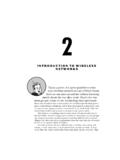
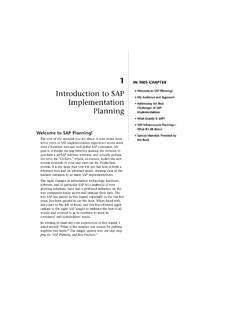
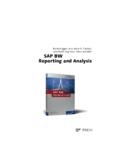


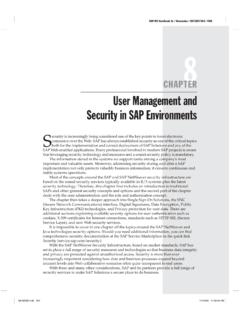
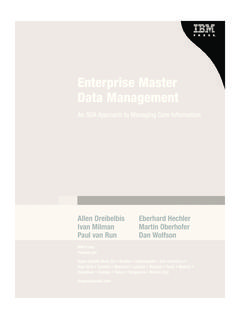

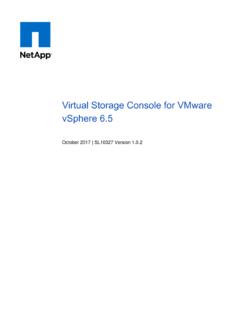
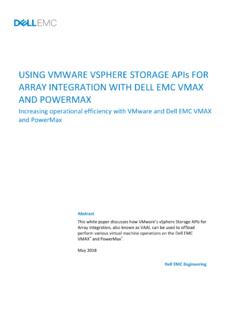
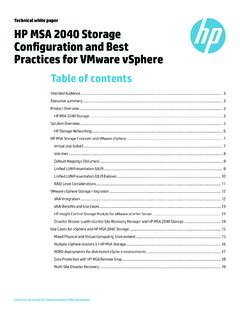
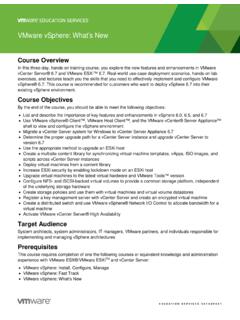
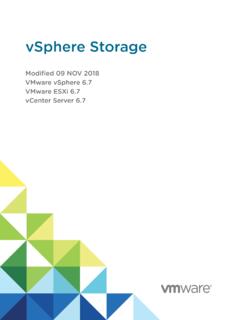
![VMware vSphere: Install, Configure, Manage [V6.7] H9TG1S](/cache/preview/f/3/c/6/b/5/5/e/thumb-f3c6b55ee4cf7c515d9a57a30862569e.jpg)
